Home>Garden Essentials>How To Grow Cactus From Seeds
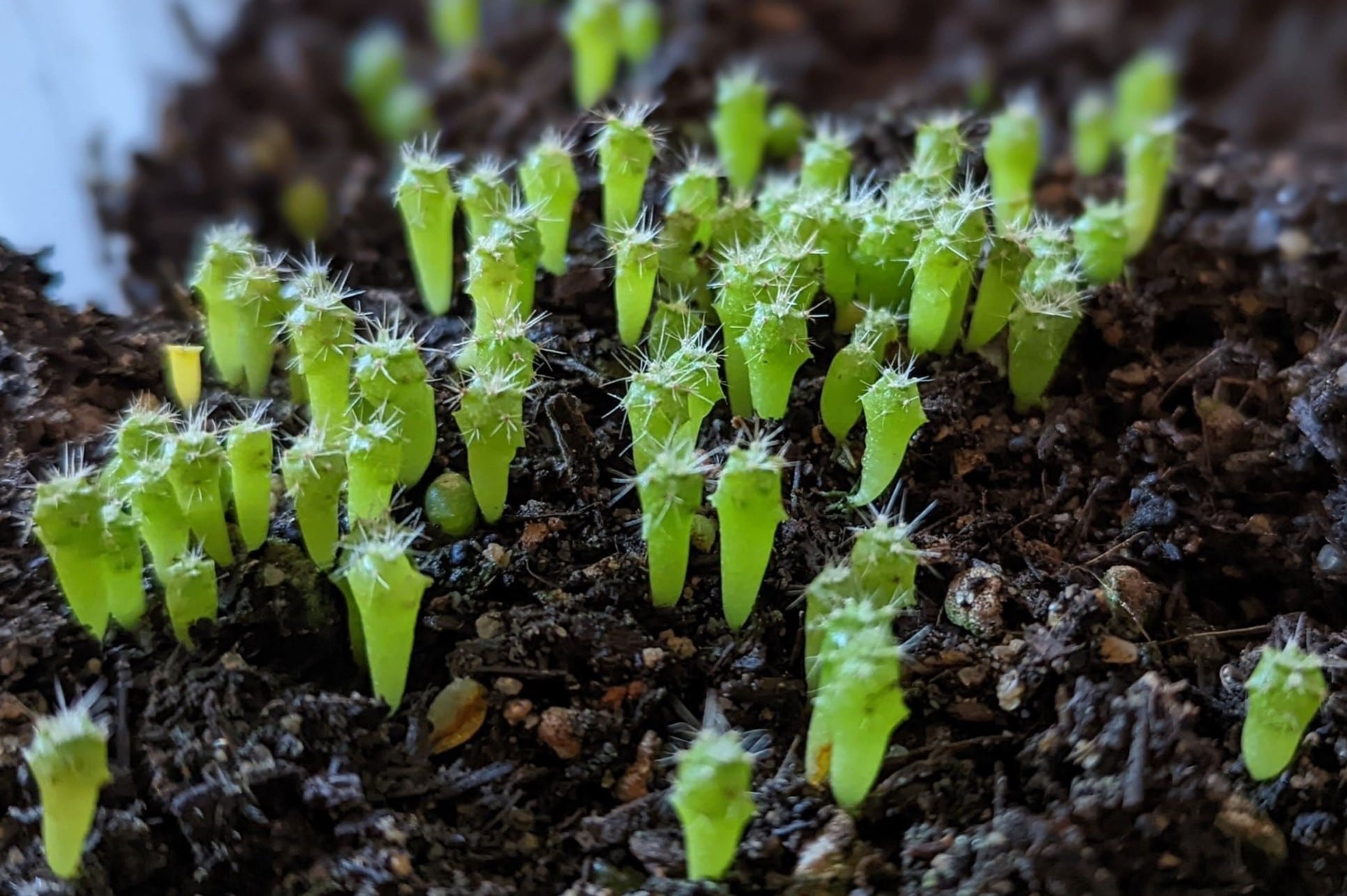

Garden Essentials
How To Grow Cactus From Seeds
Modified: March 24, 2024
Learn how to grow cactus from seeds in your garden and create a stunning desert oasis. Our step-by-step guide will help you succeed!
(Many of the links in this article redirect to a specific reviewed product. Your purchase of these products through affiliate links helps to generate commission for Storables.com, at no extra cost. Learn more)
Introduction
Are you ready to embark on a fascinating journey into the world of cactus gardening? Growing cacti from seeds can be a rewarding and fulfilling experience, allowing you to witness the growth and transformation of these unique and resilient plants right from the beginning. Whether you’re a seasoned gardener looking for a new challenge or a beginner eager to explore the wonders of the plant kingdom, this guide will provide you with all the information you need to successfully grow cactus from seeds.
Before we delve into the process, it’s important to note that cacti come in a vast variety of shapes, sizes, and colors, each with its own specific growing requirements. Understanding these requirements and selecting the right seeds for your desired cactus species is crucial for a successful outcome. So, let’s start by exploring how to choose the right seeds for your cactus garden.
Key Takeaways:
- Choose cactus seeds wisely by considering species, source, germination rate, and age. Research specific growing requirements to ensure successful cactus gardening.
- Provide proper care by mastering watering, light exposure, temperature, and humidity. Address common issues promptly to nurture healthy and resilient cactus plants.
Read more: How To Grow Cactus From Seed
Choosing the Right Seeds
When it comes to choosing cactus seeds, there are a few factors to consider. First and foremost, you should decide whether you want to grow a specific species or a mix of different cacti. If you have a particular cactus variety in mind, such as the popular Golden Barrel or the prickly Pear, you can purchase seeds of that specific species from reputable seed suppliers or nurseries.
On the other hand, if you’re open to experimenting with different cactus varieties, you can opt for a seed mix that contains a variety of seeds. This can be an exciting option, as you’ll get to see different types of cacti growing in your garden. Keep in mind that the growth rates and growing conditions may vary for each species, so it’s vital to research the requirements of each seed in the mix.
Once you have decided on the type of cactus seeds you want to grow, consider the source of the seeds. Make sure to purchase seeds from reputable suppliers to ensure their quality and viability. Look for suppliers that specialize in cactus seeds and have a good reputation within the gardening community.
It’s also a good idea to check the germination rate of the seeds. The germination rate indicates the percentage of seeds that are likely to sprout and grow into plants. Higher germination rates mean a better chance of success in growing your cacti from seeds. Reputable suppliers should provide this information, so be sure to check the germination rate before making a purchase.
In addition, consider the age of the seeds. Fresh seeds generally have a higher chance of germinating successfully. While older seeds can still sprout, their germination rate may be lower due to their age. So, it’s advisable to opt for fresher seeds whenever possible.
Lastly, keep in mind the specific growing requirements of the cactus species you’ve chosen. Some cacti thrive in arid and dry conditions, while others prefer more humid environments. Take into account factors such as temperature, light, and humidity when selecting your cactus seeds to ensure that you can provide the ideal growing conditions for them.
With these considerations in mind, you are well on your way to choosing the right cactus seeds for your garden. In the next section, we will discuss how to prepare the soil for sowing the seeds and create the optimal environment for their growth.
Preparing the Soil
Creating the right soil mix is essential for the successful germination and growth of your cactus seeds. Cacti have specific soil requirements that differ from other garden plants due to their ability to thrive in arid environments. Here’s how you can prepare the ideal soil mix for your cactus seeds.
Start by selecting a well-draining soil mixture. Cacti don’t like sitting in wet or waterlogged soil, as this can lead to root rot. A combination of regular potting soil, perlite, and coarse sand is often recommended. The perlite and sand help improve drainage and prevent water retention, providing a suitable environment for cactus roots to grow.
To prepare the soil mix, combine equal parts of potting soil, perlite, and coarse sand in a large container or bucket. Mix the ingredients thoroughly until they are well-blended. This will create a lightweight and well-draining soil mix that allows excess water to drain away quickly.
Before sowing the seeds, ensure that the soil mix is slightly moist but not waterlogged. You can achieve this by lightly watering the mix a day or two before the sowing process. Avoid soaking the soil, as this can lead to poor germination rates or the development of fungal diseases.
Once the soil mix is prepared and slightly moist, transfer it to your chosen seed trays or pots, ensuring there are drainage holes at the bottom of the containers. Fill the containers with the soil mix, leaving about an inch of space at the top to allow for watering later on.
Now that your soil mix is ready, it’s time to proceed to the next step: sowing the seeds. In the following section, we will discuss the proper techniques for sowing your cactus seeds and ensuring their successful germination.
Sowing the Seeds
Now that you have your soil mix ready, it’s time to sow your cactus seeds. Sowing the seeds correctly ensures optimal germination and gives your seedlings the best possible start. Here’s how to sow your cactus seeds:
- Prepare your seed trays or pots: Ensure that your seed trays or pots have drainage holes at the bottom to prevent waterlogging. Fill the containers with the prepared soil mix, leaving a small gap at the top for watering.
- Moisten the soil: Before sowing the seeds, lightly water the soil to create a slightly moist environment. Avoid overwatering, as it can lead to fungal diseases and adversely affect seed germination.
- Sow the seeds: Carefully scatter the cactus seeds over the soil surface. Make sure to space them out evenly to avoid overcrowding as the seedlings grow. It’s best to err on the side of caution and sow fewer seeds rather than overcrowding the containers.
- Lightly cover the seeds: Most cactus seeds require light to germinate, so it’s best not to bury them deep in the soil. Instead, lightly sprinkle a thin layer of the soil mixture over the seeds to provide some cover while still allowing light to reach them.
- Gently mist the soil: After covering the seeds, use a fine mist spray bottle to lightly moisten the soil surface. This helps to settle the seeds in place and provide the necessary moisture for germination. Avoid using a heavy stream of water, as it may displace the seeds or disturb the soil surface.
- Label and cover the containers: Place labels in the trays or pots to identify the cactus species or seed mixtures. Cover the containers with clear plastic or place them inside a clear plastic bag to create a humid environment that promotes germination.
- Choose a warm location: Find a warm spot in your home or greenhouse with indirect sunlight to place the containers. Cacti generally prefer warm temperatures for germination, so aim for a temperature range of 70-80°F (21-27°C).
- Monitor and care for the seeds: Keep a close eye on the containers and ensure that the soil remains slightly moist. Avoid overwatering, as it can lead to fungal growth. Germination times can vary depending on the cactus species, so be patient and regularly check for any signs of sprouting.
With the proper knowledge and care, your cactus seeds will soon begin to sprout and grow. In the next sections, we will discuss essential factors such as watering, light exposure, and temperature requirements to ensure the healthy growth of your cactus seedlings.
Providing Proper Watering
Watering is a critical aspect of cactus seedling care, as it plays a crucial role in their growth and development. However, it’s important to strike the right balance and avoid overwatering, as cacti are adapted to arid conditions. Here are some guidelines for providing proper watering to your cactus seedlings:
- Be mindful of the moisture needs: Understand that cacti have low water requirements and are adapted to survive in dry environments. Overwatering can lead to root rot and other water-related issues. It’s essential to provide adequate moisture without causing waterlogging.
- Check the soil moisture: Before watering, check the moisture level of the soil. Stick your finger about an inch into the soil; if it feels dry, it’s time to water. If it still feels slightly moist, wait a few more days before watering again.
- Water thoroughly, but infrequently: When watering, ensure that the water reaches the root level. Give a good soak to the soil, allowing excess water to drain out through the drainage holes. However, don’t water again until the soil has completely dried out.
- Observe the signs of dehydration: Cacti will show specific signs when they’re in need of water. Look out for shriveling or softness of the stem and a wrinkled appearance. These are indications that the cactus needs water. Act promptly to provide a thorough watering but avoid overcompensating with excessive watering.
- Adjust watering based on season and temperature: Cacti have different water needs depending on the season and temperature. During the active growth phase in spring and summer, when temperatures are higher, you may need to water a bit more frequently. In contrast, during dormant periods in fall and winter, reduce watering to allow the cacti to experience a natural winter rest.
- Consider the humidity level: Humidity can affect the watering needs of your cacti. In humid environments, the soil may take longer to dry out, so adjust watering accordingly. It’s important to strike a balance between providing enough moisture while preventing excess humidity and waterlogged soil.
- Avoid using tap water: Cacti are sensitive to the minerals and chemicals present in tap water. If possible, collect rainwater or use filtered water to ensure a healthier growing environment for your cactus seedlings.
By following these watering guidelines, you can provide the proper moisture levels for your cactus seedlings, promoting their growth and preventing water-related issues. Next, let’s move on to discussing the importance of proper light exposure for your growing cacti.
Read more: How To Grow Barrel Cactus From Seed
Providing Adequate Light
Proper light exposure is essential for the healthy growth and development of cactus seedlings. Cacti are known for their love of bright, indirect sunlight, mimicking their natural habitat in desert regions. Here are some tips for providing adequate light to your cactus seedlings:
- Place your cactus seedlings in a bright location: Find a spot in your home or greenhouse where your cacti can receive bright, indirect sunlight for several hours a day. South or west-facing windows are generally the best options, as they receive the most sunlight throughout the day.
- Avoid direct sunlight: While cacti thrive in bright light, direct sunlight, especially during the hottest parts of the day, can scorch their delicate seedlings. To prevent sunburn, consider using sheer curtains or blinds to filter the harsh rays or move the plants slightly away from the window.
- Rotate the pots: Cacti have a natural tendency to lean towards the light source. To prevent your seedlings from growing lopsided, rotate the pots regularly to ensure even exposure to light from all angles.
- Supplement with artificial light: If you don’t have access to sufficient natural light, you can supplement with artificial light sources, such as fluorescent or LED grow lights. Place the lights about 6-12 inches above the seedlings and keep them on for 10-12 hours a day to mimic daylight.
- Monitor for signs of light deficiency or excess: While cacti generally thrive in bright light, it’s essential to monitor their response to light exposure. If you notice elongated stems or pale green coloration, it might indicate that your cactus is not receiving enough light. Conversely, if you observe color bleaching or sunburn spots, it’s a sign that the light intensity is too high.
- Gradually introduce to direct sunlight: As your cactus seedlings grow and mature, gradually introduce them to direct sunlight. Start by exposing them to a few hours of morning or late afternoon sun, gradually increasing the duration over a few weeks. This helps them acclimate to the intense sunlight without causing damage.
Remember that finding the right balance of light exposure may require some experimentation and adjustments based on the specific conditions in your environment. By providing adequate light to your cactus seedlings, you’ll ensure their photosynthesis process functions optimally and promote their healthy growth. In the next section, we’ll discuss the temperature and humidity requirements for your cacti.
After planting cactus seeds, keep the soil consistently moist but not waterlogged. Place the pot in a warm, sunny spot and be patient as cactus seeds can take several weeks to germinate.
Temperature and Humidity Requirements
Cacti are well adapted to survive in arid and desert-like conditions, which means they have specific temperature and humidity requirements. Creating the right environment for your cactus seedlings will help them thrive and grow. Here’s what you need to know:
- Temperature range: Most cacti prefer warm temperatures, ranging between 70-90°F (21-32°C) during the day and 50-60°F (10-15°C) at night. However, some species can tolerate temperature fluctuations and even withstand brief periods of freezing temperatures if they are in a dormant state. It’s important to research the specific temperature preferences of the cactus species you’re growing to provide optimal conditions.
- Avoid extreme temperature variations: While cacti can tolerate high temperatures, they are sensitive to sudden and extreme temperature changes. Avoid placing your cactus seedlings near drafty windows, air conditioning vents, or heating sources. Temperature fluctuations can stress the plants and affect their growth and overall health.
- Provide ample air circulation: Good air circulation helps to prevent the buildup of excessive humidity, which can lead to fungal diseases. Position your cactus seedlings in an area with moderate airflow, ensuring they are not overcrowded and have space between them for air to circulate.
- Humidity levels: Cacti thrive in low to moderate humidity levels, replicating their natural arid environment. Aim for humidity levels between 30-50%. If you live in a region with high humidity, provide good ventilation or use a dehumidifier to prevent excess moisture around your cactus seedlings.
- Geographical origin: Different cacti species originate from various regions, some from desert climates with extremely low humidity, while others come from more humid environments. Research the geographical origin of the cactus species you are growing to better understand their specific humidity requirements.
- Watering and humidity: When watering your cactus seedlings, be mindful of the humidity levels. Avoid misting the plants or creating high humidity around them, as it can lead to fungal diseases. Instead, focus on providing proper watering to meet the plants’ moisture needs without creating excessive humidity.
By maintaining the appropriate temperature and humidity levels, you’ll create an environment that supports the healthy growth and development of your cactus seedlings. In the next section, we’ll discuss the process of transplanting the seedlings as they outgrow their initial containers.
Transplanting the Seedlings
As your cactus seedlings grow, they will eventually outgrow their initial containers and require transplantation into larger pots. Transplanting provides more space for their roots to expand and allows for continued growth. Here’s how to successfully transplant your cactus seedlings:
- Choose the right time: Transplant your cactus seedlings when they have outgrown their current containers and have established a stable root system. This is usually when the seedlings have two to four sets of true leaves and are showing signs of healthy growth.
- Select appropriate pots: Choose pots that are slightly larger than the current containers to provide ample room for root growth. Ensure the pots have drainage holes to prevent waterlogging.
- Prepare the new pot and soil: Fill the new pot with fresh cactus soil mix, similar to the one used during the seed sowing process. Make sure the soil is slightly moist but not overly wet.
- Gently remove the seedling from its current container: Carefully loosen the soil around the base of the seedling and gently lift it out, holding it by the leaves or using a small spoon or fork to lift the seedling out of the container. Try to disturb the roots as little as possible.
- Inspect the roots and remove any damaged or rotting parts: Examine the roots for any signs of damage or disease. Trim off any brown or rotted roots using clean, sterilized scissors or pruners.
- Place the seedling in the new pot: Create a small hole in the center of the new pot’s soil and carefully place the seedling in it, ensuring that the base of the stem is just above the soil surface. Gently press the soil around the seedling to secure it in place.
- Allow the seedling to settle: After transplanting, refrain from watering the seedling immediately. Allow the newly transplanted cactus to settle in its new pot for a few days. This helps reduce the risk of root rot or damage due to excess moisture.
- Resume regular care: Once the seedling has settled, resume regular care, including proper watering, light exposure, and temperature and humidity control. Gradually increase the amount of water given to the transplanted cactus over time.
Transplanting your cactus seedlings at the right time and into suitable pots will promote healthy root development and continued growth. As your cacti mature, they will require ongoing care and attention. In the next section, we’ll discuss essential tips for caring for young cactus plants to ensure they thrive and flourish.
Caring for Young Cactus Plants
Young cactus plants require proper care and attention to ensure their healthy growth and development. Here are some essential tips for caring for young cactus plants:
- Watering: As your cactus plants mature, adjust your watering routine. Water your young cacti sparingly, allowing the soil to completely dry out between waterings. Remember, cacti are drought-tolerant plants and are susceptible to root rot if overwatered. Always check the moisture level of the soil before watering.
- Monitoring sunlight: Ensure your young cacti receive adequate sunlight. Place them in a bright location with indirect sunlight, avoiding intense, direct sunlight that can scorch their delicate tissues. Monitor the plants for any signs of sunburn or damage and adjust their positioning accordingly.
- Fertilization: During the growing season, you can fertilize your young cacti every 2-4 weeks using a diluted, balanced cactus fertilizer. Follow the package instructions for dosage and frequency. Be cautious not to over-fertilize, as excessive nutrients can harm cacti.
- Pruning: As your cactus plants grow, you may need to remove dead or damaged parts. Use clean and sterilized tools, such as scissors or pruners, to carefully remove any unhealthy or unwanted growth. Pruning helps promote airflow and prevents the spread of diseases.
- Temperature regulation: Maintain a stable temperature range for your young cacti. Avoid exposing them to extreme temperature fluctuations, drafts, or cold drafts. Protect them from frost during colder months and keep them away from radiators or heating sources that can cause stress.
- Pest control: Keep an eye out for common pests that can infest cacti, such as mealybugs, scale insects, or spider mites. Regularly inspect your plants for any signs of pests, such as visible insects, webbing, or discoloration. If an infestation occurs, treat it promptly using appropriate methods or seek advice from a plant specialist.
- Repotting: As your cactus plants grow, you may need to repot them into larger containers to accommodate their expanding root systems. Follow the same steps for transplanting as mentioned earlier, ensuring adequate drainage and using a well-draining cactus potting mix.
By providing proper care and attention to your young cactus plants, you’ll encourage their healthy growth and resilience. Remember that each cactus species may have specific care requirements, so research the needs of your particular cacti to tailor your care accordingly. In the next section, we’ll discuss common issues that may arise and how to solve them.
Read more: How To Start Cactus Seeds
Common Issues and How to Solve Them
While cacti are generally hardy and resilient, they can still face certain issues that require attention and intervention. Here are some common issues you may encounter with your cactus plants and how to solve them:
- Overwatering: One of the most common issues with cacti is overwatering, which can lead to root rot and other problems. To solve this issue, ensure that you water your cacti sparingly, allowing the soil to dry out completely before watering again. Adjust your watering schedule based on the specific needs of the cacti species you are growing.
- Underwatering: On the other hand, underwatering can cause shriveling and poor growth in cacti. To solve this issue, make sure you are watering your cacti adequately and that the soil is slightly moist. However, avoid waterlogging or excessive moisture, as it can lead to other complications.
- Pest infestation: Cacti can fall victim to pests such as mealybugs, scale insects, or spider mites. To address this issue, regularly inspect your plants for any signs of infestation. If you spot pests, gently wipe them off with a cotton swab dipped in rubbing alcohol or use an organic insecticidal soap. For severe infestations, consider using a suitable pesticide recommended for cacti.
- Root rot: Excessive moisture or poor drainage can cause root rot in cacti. If you notice signs of root rot, such as a foul smell, blackened roots, or wilting, take immediate action. Carefully remove the affected parts of the plant and transfer it to fresh, well-draining soil. Adjust your watering practices to prevent future occurrences of root rot.
- Sunburn: Cacti can suffer from sunburn if exposed to intense, direct sunlight. To prevent sunburn, provide adequate shade during the hottest parts of the day or move the plants slightly away from the brightest windows. If sunburn occurs, move the affected plant to a cooler area and allow it to recover.
- Growth abnormalities: Sometimes, cacti may exhibit abnormal growth patterns, such as elongated and spindly stems. This is typically caused by insufficient light exposure. To address this issue, ensure your cacti are receiving enough bright, indirect sunlight or supplement with artificial grow lights to promote more compact and healthy growth.
- Yellowing or discoloration: Yellowing or discoloration of cactus stems or leaves can be a sign of various problems, including overwatering, nutrient deficiencies, or even pests. Assess the specific symptoms and address the underlying cause accordingly. Adjust your watering, fertilization, or pest control measures as necessary.
By identifying and addressing these common issues promptly, you can ensure the ongoing health and vitality of your cactus plants. Regular observation, proper care, and timely intervention go a long way in preventing and resolving problems in your cacti. In the final section, we’ll conclude our article on growing cacti from seeds.
Conclusion
Congratulations on completing this comprehensive guide on growing cacti from seeds! By following the steps and tips outlined in this article, you now have the knowledge and tools needed to embark on a successful cactus-growing journey.
From choosing the right seeds to preparing the soil, sowing the seeds, and providing proper care in terms of watering, light exposure, and temperature, you have learned the essential aspects of nurturing young cactus seedlings. Additionally, you now have the skills to address common issues and solve them effectively.
Remember that growing cacti from seeds requires patience, as germination and growth rates may vary among different species. Every cactus has its own unique requirements, so do some research and tailor your care to meet the specific needs of your cacti.
By creating well-draining soil, providing adequate light, regulating temperature and humidity, and practicing proper watering techniques, you can cultivate healthy and thriving cactus plants. Observe your plants closely, make adjustments as needed, and enjoy the beauty and resilience of these unique desert dwellers as they grow and flourish in your care.
We hope this guide has inspired you to explore the world of cactus gardening and discover the joy of growing these extraordinary plants from seeds. So grab your gardening tools, get your hands dirty, and watch as your cactus seedlings transform into mature, beautiful specimens that will bring a touch of the desert into your home or garden.
Happy cactus growing!
Frequently Asked Questions about How To Grow Cactus From Seeds
Was this page helpful?
At Storables.com, we guarantee accurate and reliable information. Our content, validated by Expert Board Contributors, is crafted following stringent Editorial Policies. We're committed to providing you with well-researched, expert-backed insights for all your informational needs.
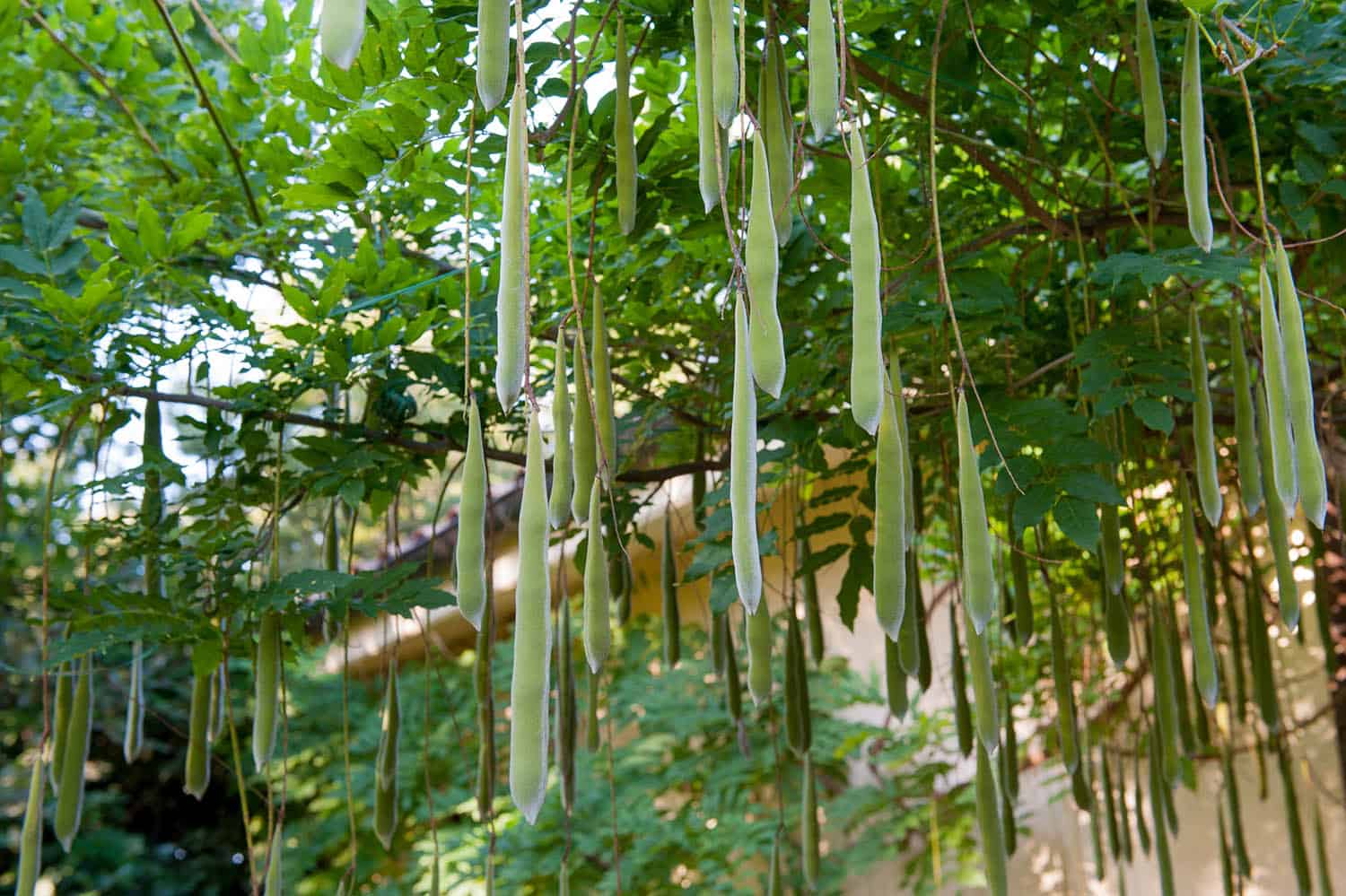
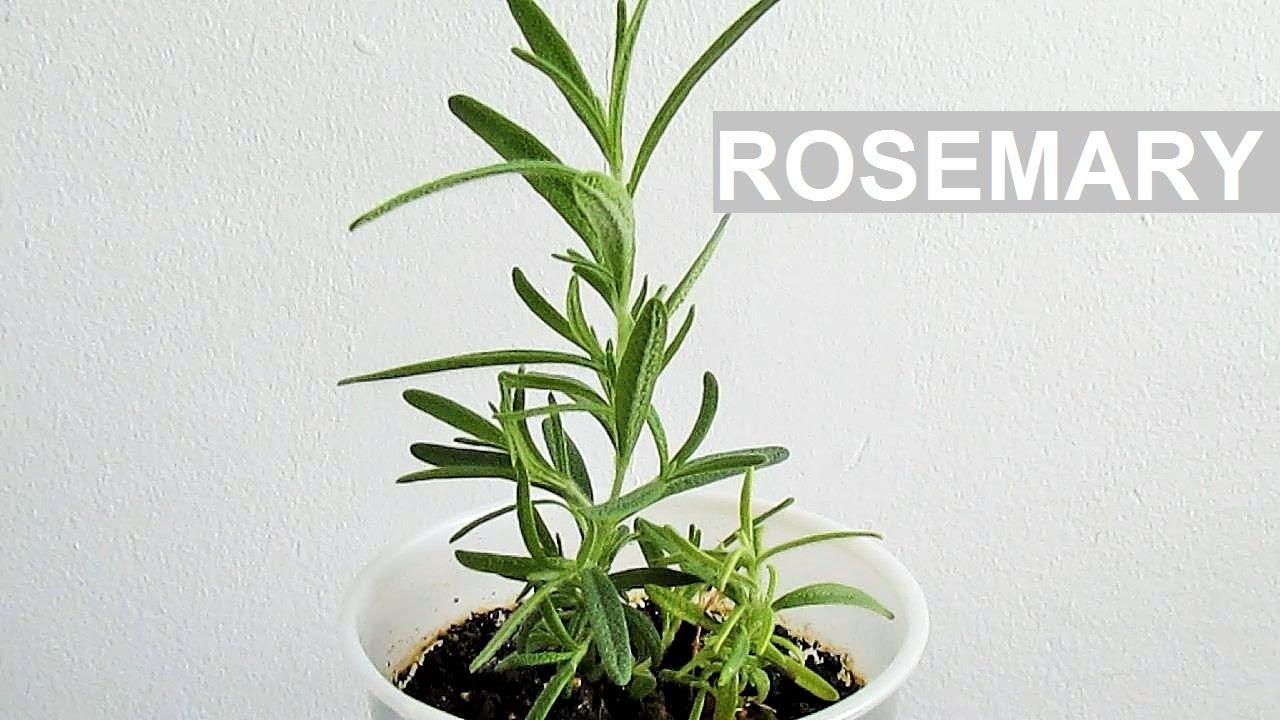
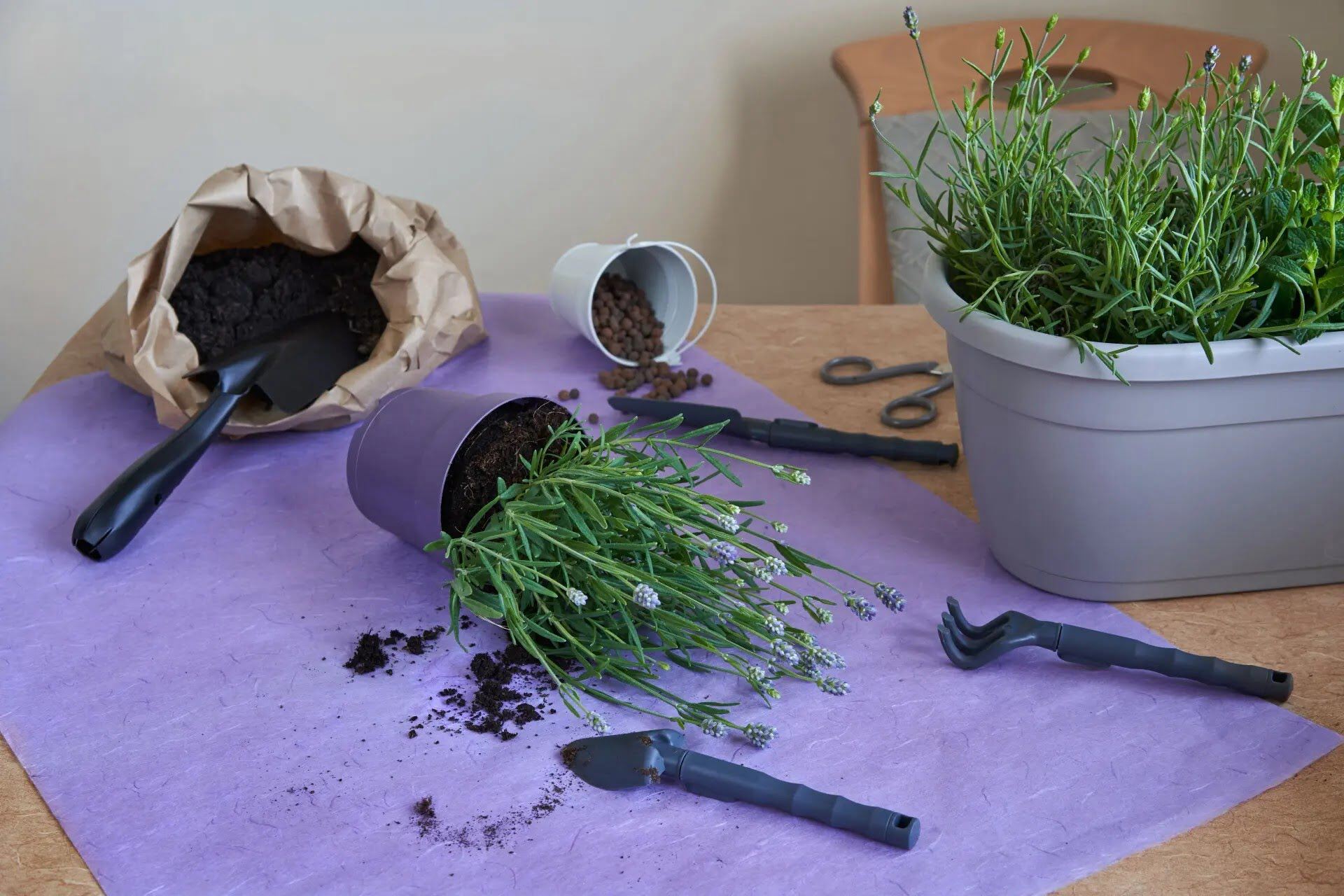
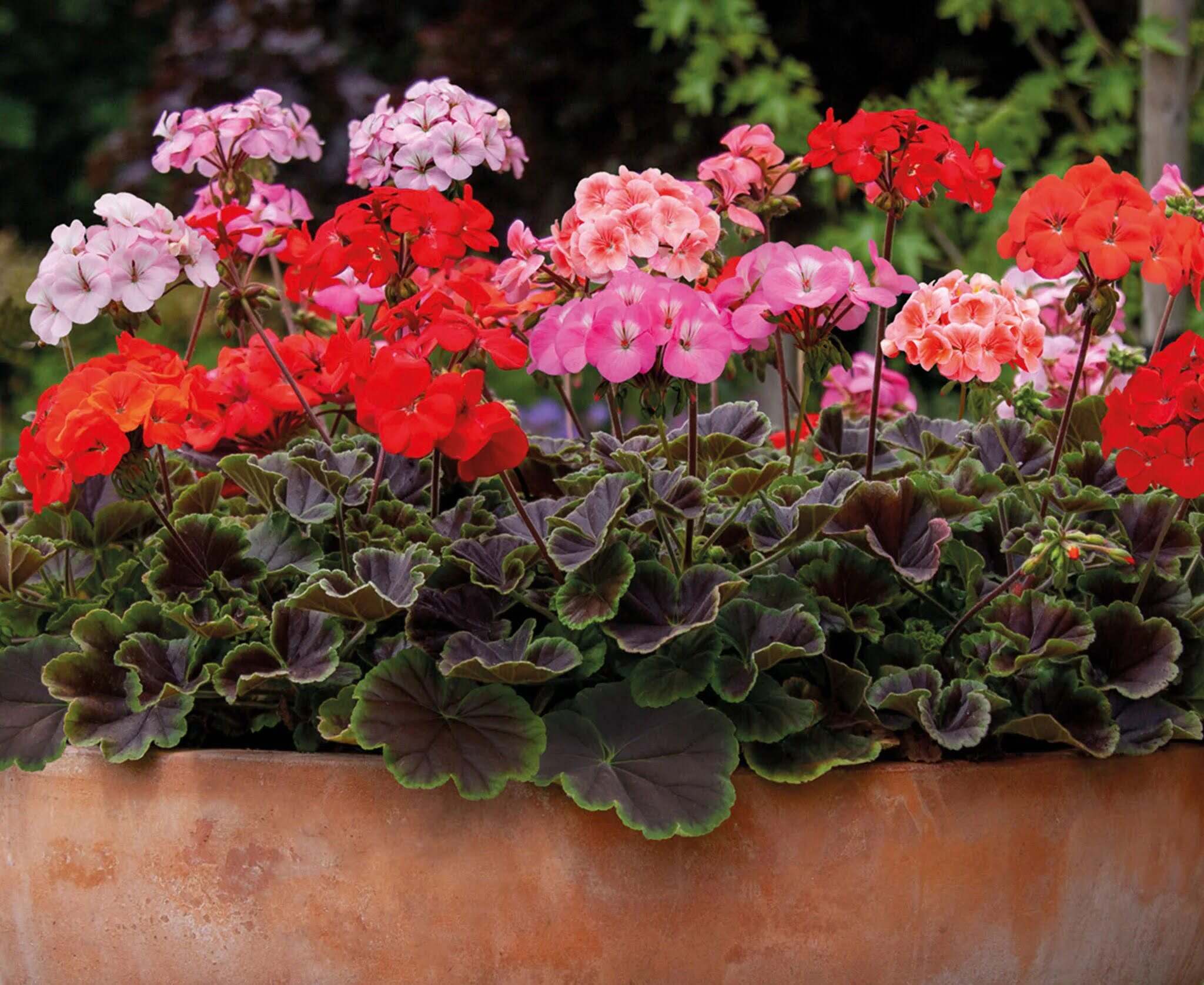
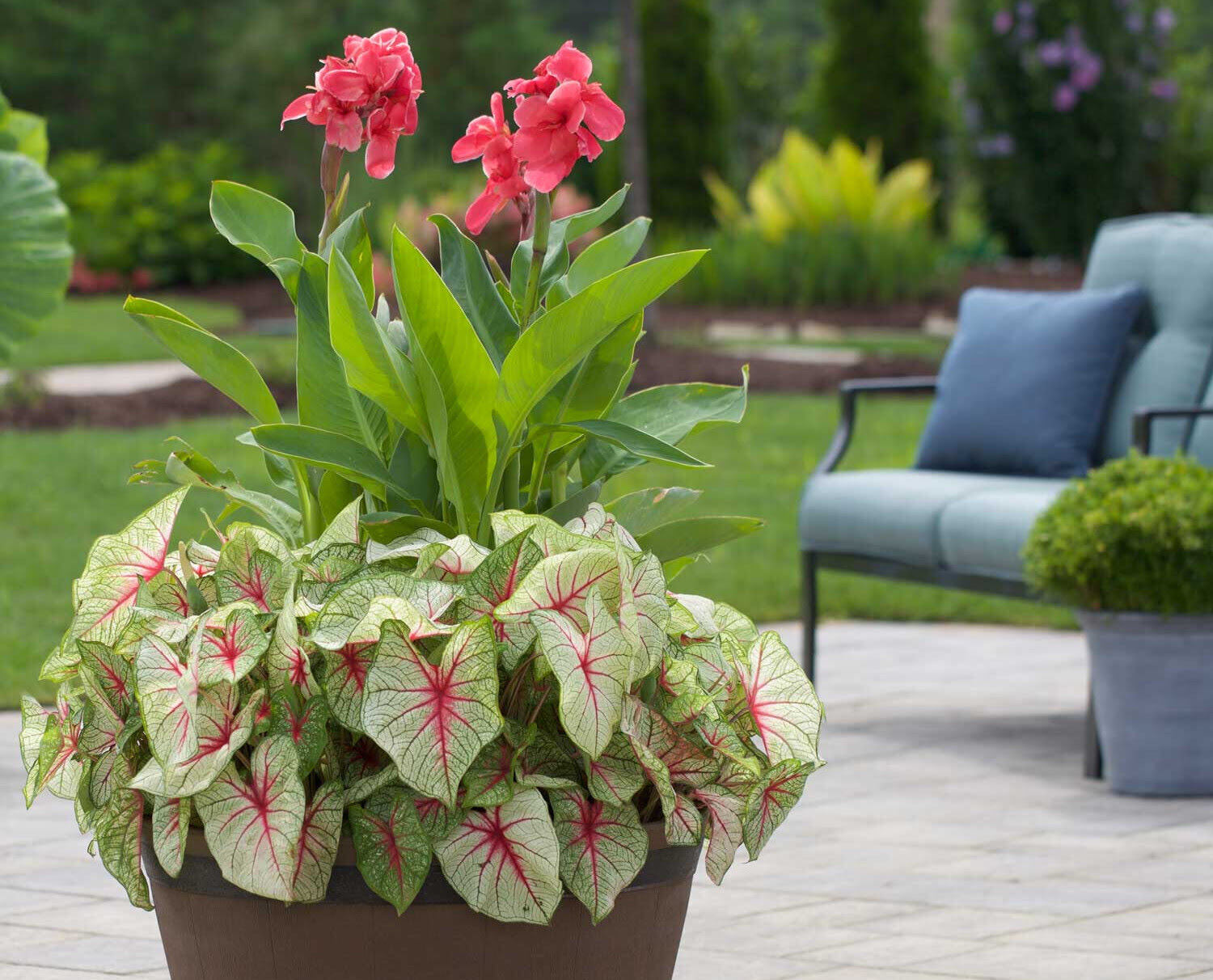
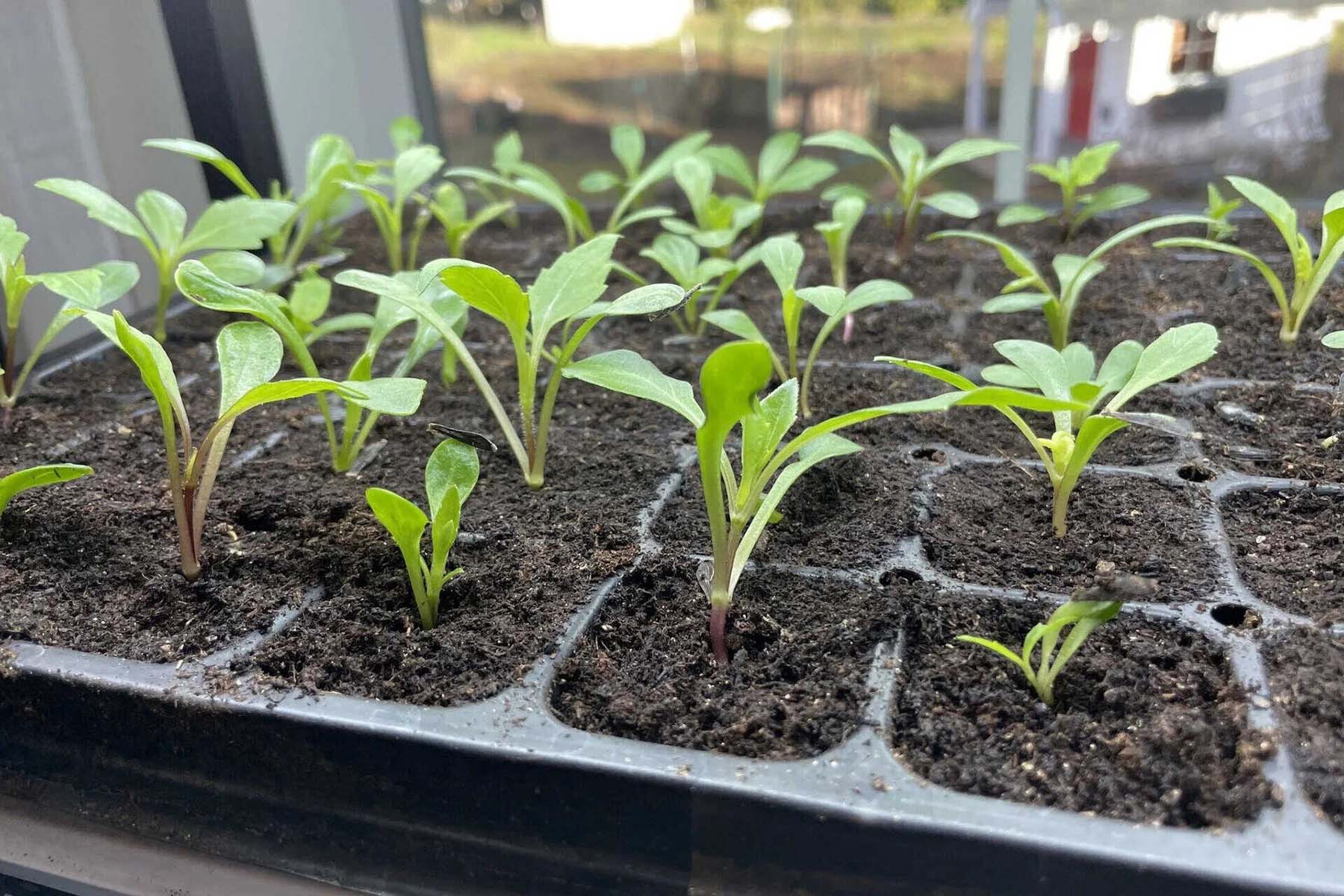
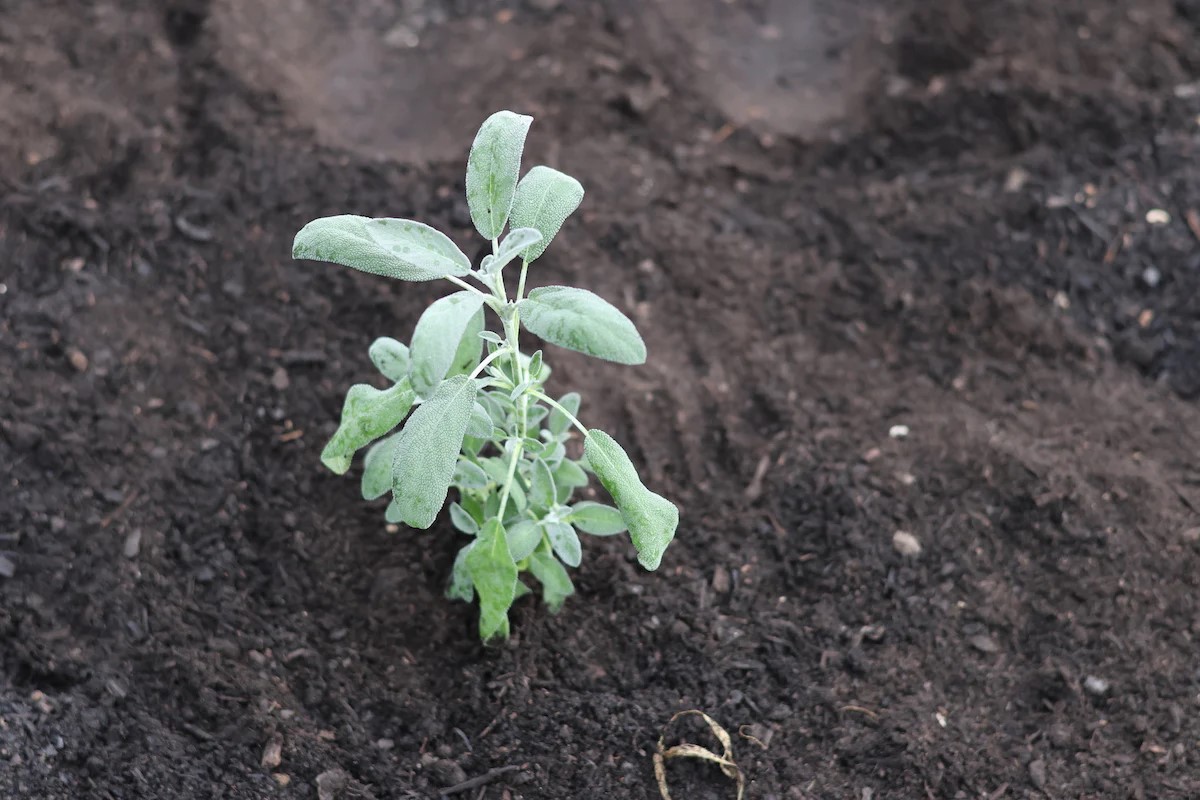
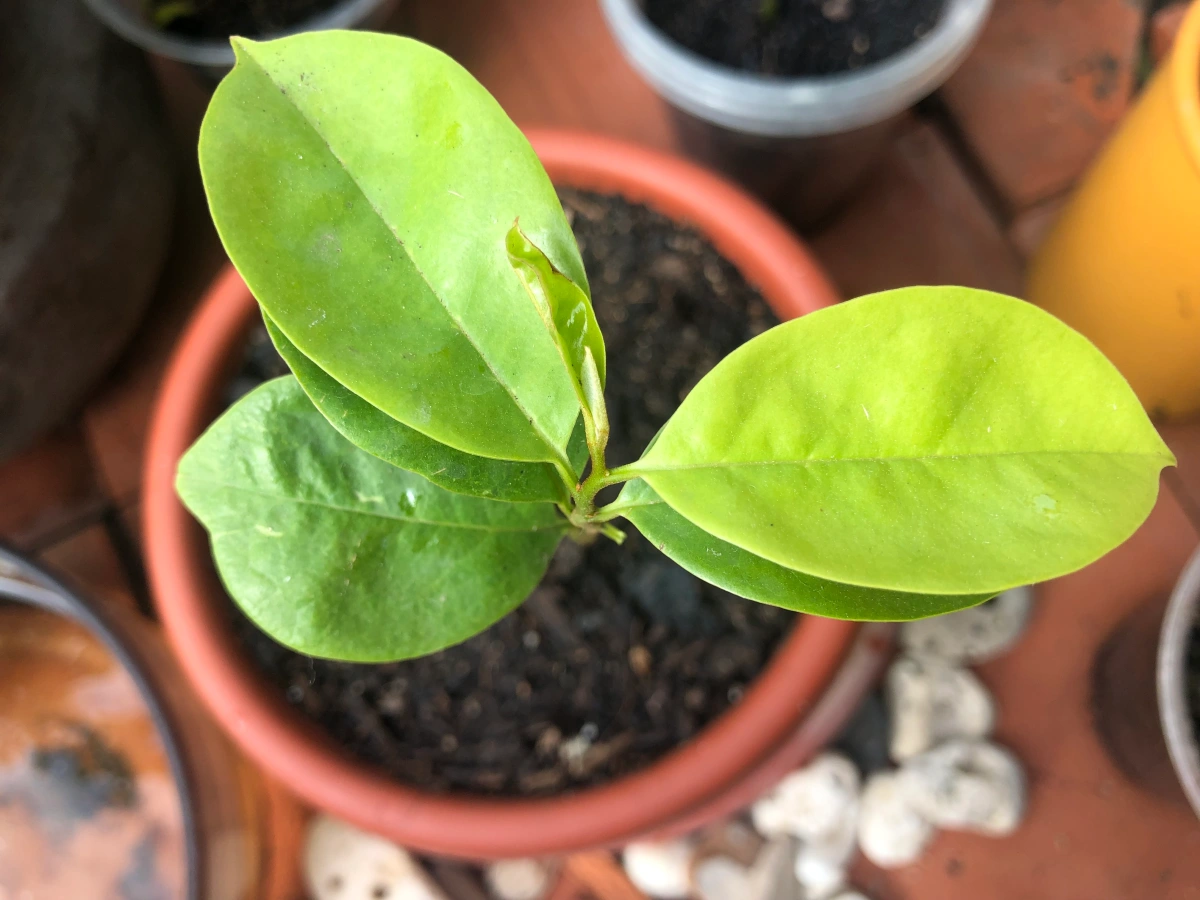
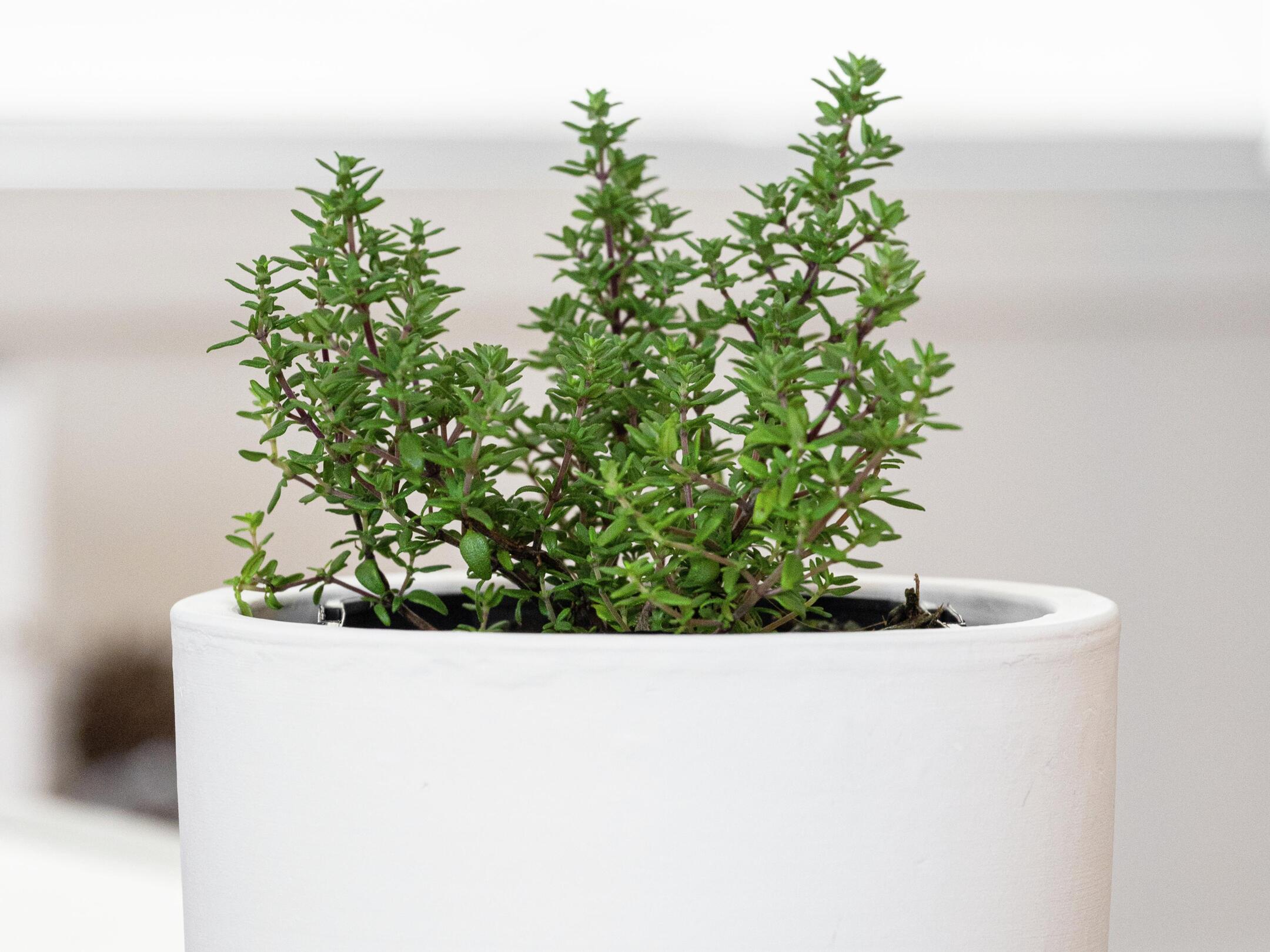
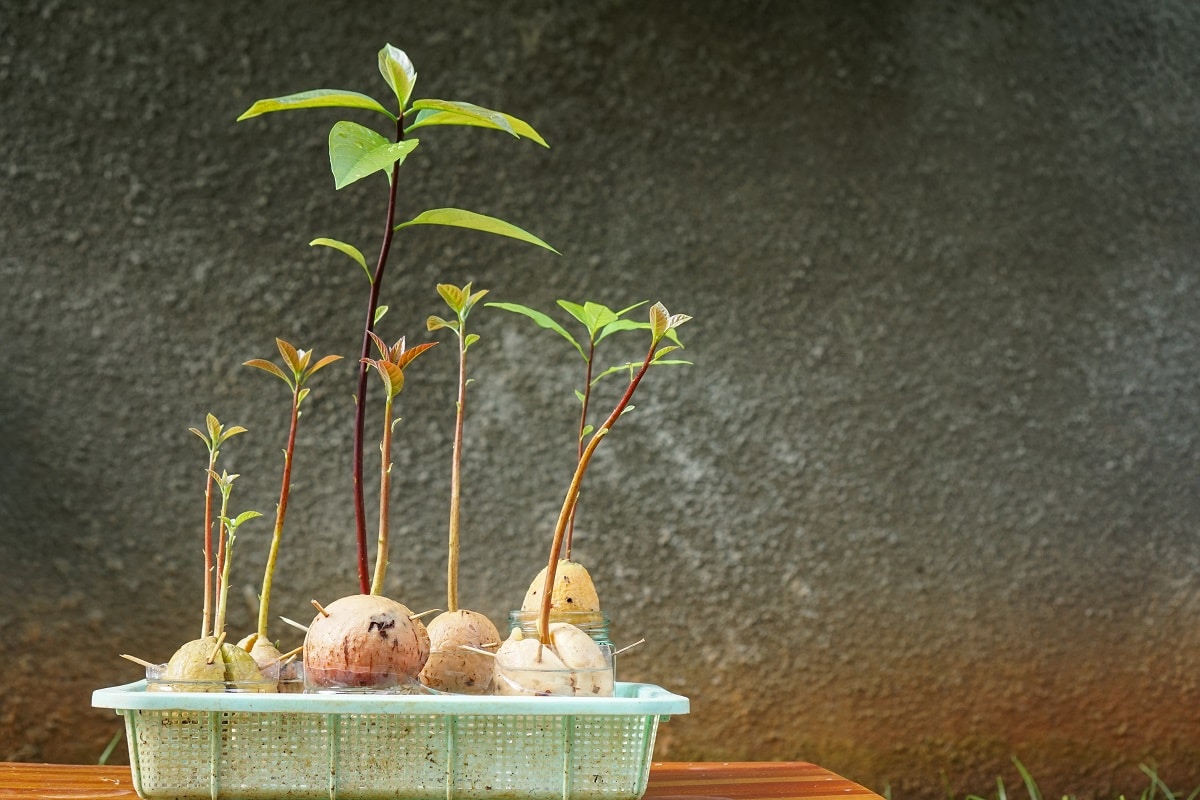
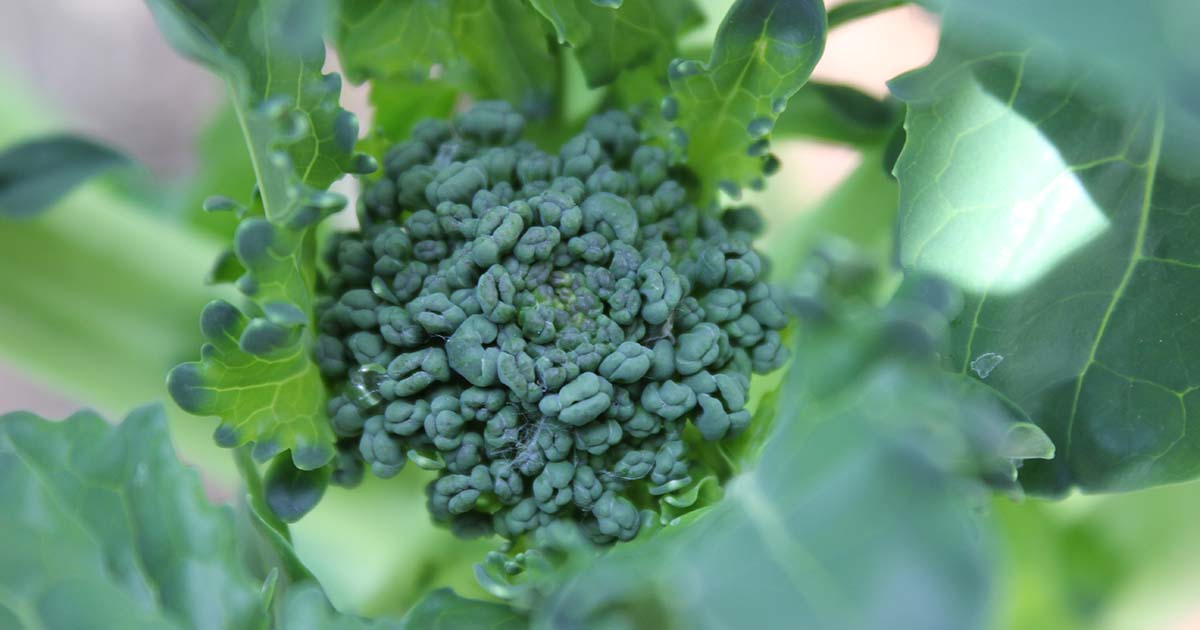
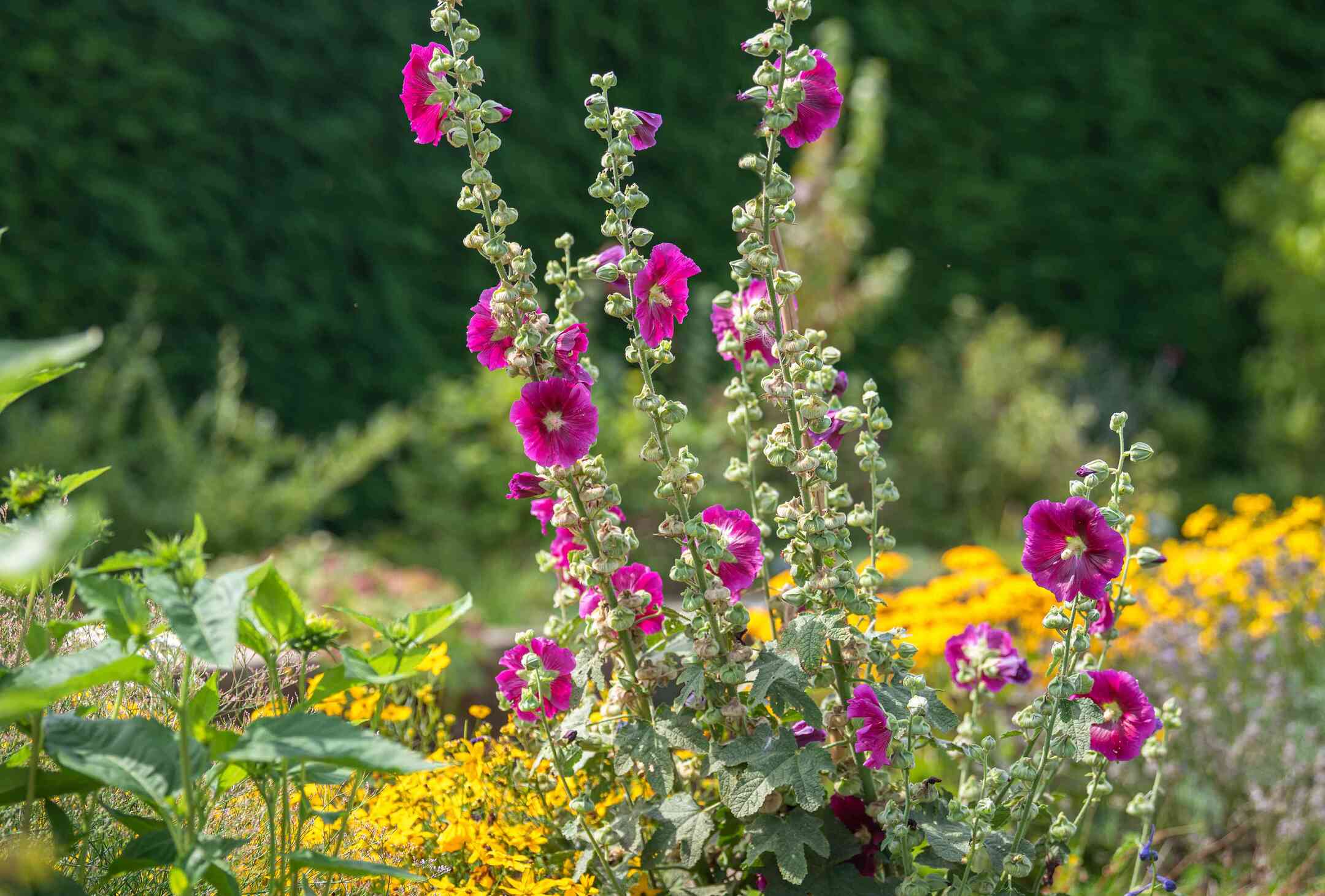


0 thoughts on “How To Grow Cactus From Seeds”